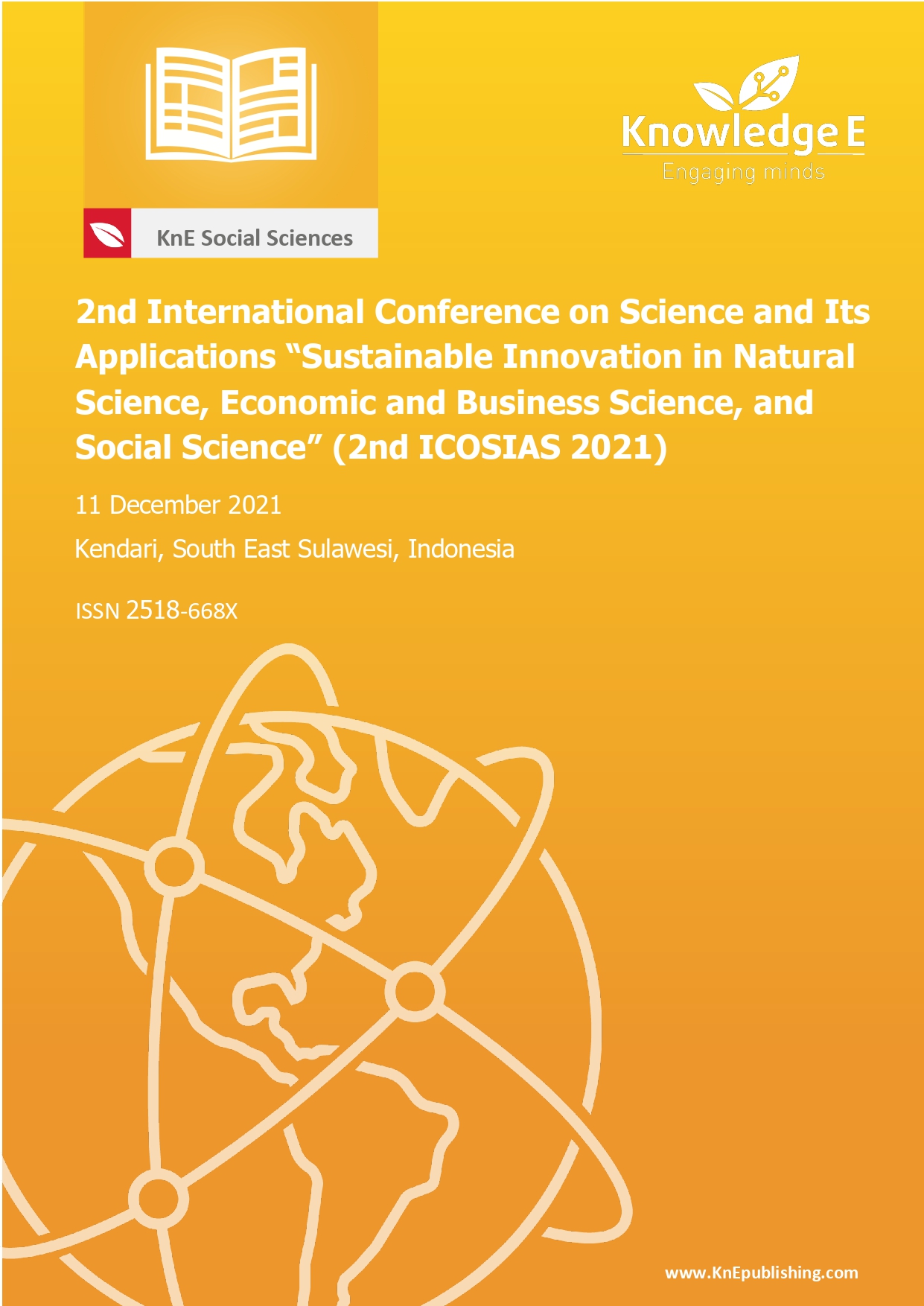Children Right's Analysis of the Implementation of Child-Friendly Schools in Surakarta
DOI:
https://doi.org/10.18502/kss.v8i2.12756Abstract
Children’s participation in a child-friendly school is important for ensuring that children are involved, respected, and heard in school policies to fulfill their rights. This paper aims to describe the children’s participation in the implementation program. Qualitative and quantitative methods were used through interviews, observation at two schools, and questionnaires as data collection techniques. Data analyses were carried out interactively within the children’s rights analytical framework. The result shows that children’s participation is defined as involvement in various schools’ activities and not at the level of ideas.
Keywords: Child-Friendly School, Children’s Right, Student’s Perception.
References
Buchert, L. The concept of Education for All: What has happened after Jomtien? Int. Rev. Educ. 41, 537–549 (1995).
UNICEF. Child friendly schools: Life skills. (2012).
Deputi Tumbuh Kembang Anak. Panduan Sekolah Ramah Anak. (Kementerian Pemberdayaan Perempuan dan Perlindungan Anak, 2015).
Fauziati, E. Child friendly school: principles and practices. First Int. Conf. Child- Friendly Educ. 95–101 (2016).
UNESCO. Embracing Diversity: Tool kit for creating inclusive learning friendly environment. http://unesdoc.unesco.org/images/00 13/001375/137522e.pdf (2012).
Wahdah, M. & Mujiwati, Y. Penanggulangan Kekerasan Di Lingkungan Sekolah Melalui Implementasi Program Sekolah Ramah Anak. J. Pendidik. Edutama 7, 143 (2020).
Cross, D. et al. The Friendly Schools Friendly Families programme: Three-year bullying behaviour outcomes in primary school children. Int. J. Educ. Res. 53, 394– 406 (2012).
Makwarela, M. C., Adu, E. O. & Mammen, K. J. The Intervention of Safe, Caring and Child-friendly School Policies on Social Construction of Violence in South African Secondary Schools. Kamla Raj Enterp. 50, 8–13 (2017).
Nigbur, D. et al. Acculturation, well-being and classroom behaviour among white British and British Asian primary-school children in the south-east of England: Validating a child-friendly measure of acculturation attitudes. Int. J. Intercult. Relations 32, 493–504 (2008).
Erdianti, R. N. & Al-Fatih, S. Children Friendly School as the Legal Protection for Children in Indonesia. Varia Justicia 16, 137–155 (2020).
Elkhouri Edde, C., Delisle, H., Dabone, C. & Batal, M. Impact of the Nutrition-Friendly School Initiative: analysis of anthropometric and biochemical data among school- aged children in Ouagadougou. Glob. Health Promot. 27, 26–34 (2020).
Moore, J. Becoming an Adoption-Friendly School: A Whole-School Resource for Supporting Children Who Have Experienced Trauma or Loss – with Complementary Downloadable Material. Educ. Psychol. Pract. 34, 106 107 (2018).
Obaki, S. O. Impact Of Classroom Environment On Children’s Social Behavior. 5, 2310–3868 (2017).
Wazir Ws, A. & Al., E. Panduan Penguatan Manajemen Lembaga Swadaya Masyarakat. Jakarta: Sekretariat Bina Desa dengan dukungan AusAID melalui Indonesia HIV/AIDS and STD Prevention and Care Project. (1999).
Lansdown, G., Jimerson, S. R. & Shahroozi, R. Children’s rights and school psychology: Children’s right to participation. J. Sch. Psychol. 52, 3–12 (2014).
Conyers, D. Perencanaan Sosial di Dunia Ketiga. (UGM Press, 1991).
Pathak, V. C. Phenomenological Researh: A Study of Lived Experiences. (2017).
Miles, M. B., Huberman, A. M. & Saldana, J. Qualitative Data Analysis: A Method Sourcebook. (Arizona State University., 2014).
Yosada, K. R. & Kurniati, A. Menciptakan Sekolah Ramah Anak. J. Pendidik. DASAR PERKHASA J. Penelit. Pendidik. Dasar 5, 145–154 (2019).

